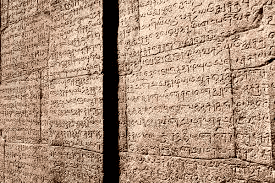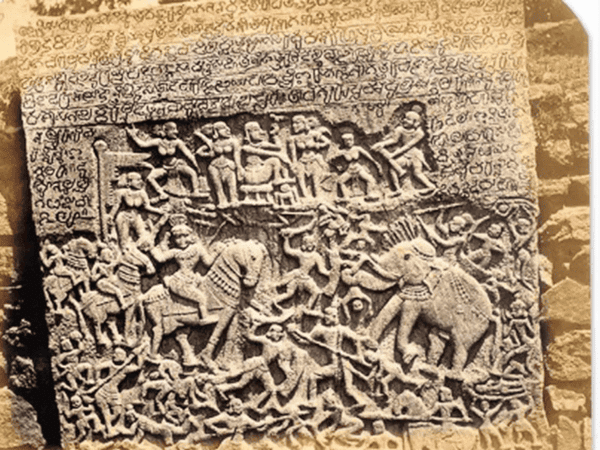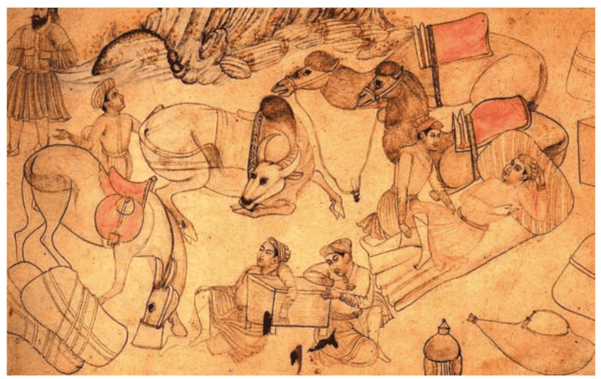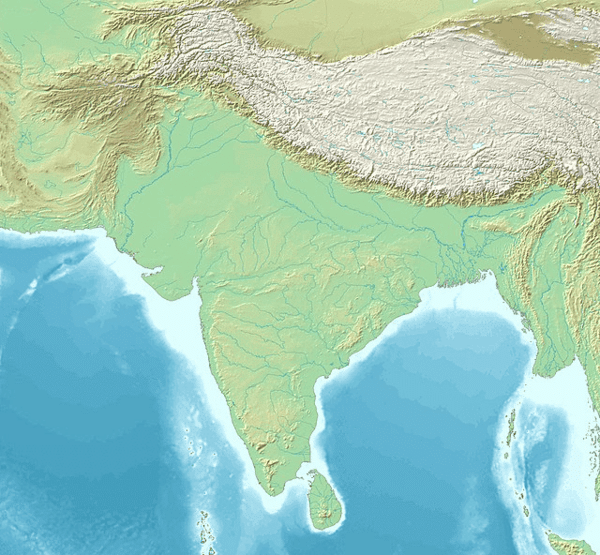|
The Indian Subcontinent was known by different names and had changing boundaries.  |
Card: 2 / 36 |
|
Fill in the blank: The history of India can be learned from various sources, including ancient texts, stories written by travelers, and ___ carved in stone. |
Card: 3 / 36 |
|
Riddle: I tell stories of ancient times and can be found etched in stone. What am I? |
Card: 5 / 36 |
|
What role did travelers and pilgrims play in understanding India's historical names? |
Card: 7 / 36 |
|
Travelers and pilgrims documented their experiences and observations, providing insights into the various names and nature of India over time.
|
Card: 8 / 36 |
|
Fill in the blank: The region that includes modern-day India is often referred to as the ___ Subcontinent. |
Card: 9 / 36 |
|
Multiple Choice: Which of the following is NOT a source for learning about India's past? A) Ancient texts B) Modern novels C) Travelers' accounts D) Inscriptions |
Card: 11 / 36 |
|
What can we infer about India's historical journey from the changing names and boundaries? |
Card: 13 / 36 |
|
The changing names and boundaries reflect the diverse cultures, influences, and historical events that have shaped India over millennia. 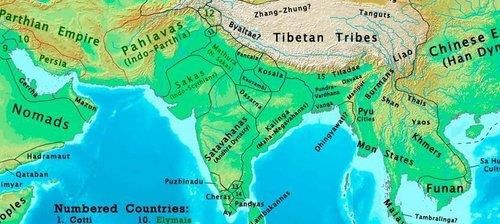 |
Card: 14 / 36 |
|
'Sapta Sindhava' refers to the northwest region of the Indian Subcontinent and means 'the land of the seven rivers.' |
Card: 16 / 36 |
|
In which ancient text is the term 'Bhäratavarsha' mentioned, and what does it signify? |
Card: 17 / 36 |
|
'Bhäratavarsha' is mentioned in the Mahabharata and signifies 'the country of the Bharatas,' referring to the entire Indian Subcontinent. |
Card: 18 / 36 |
 Unlock all Flashcards with EduRev Infinity Plan Starting from @ ₹99 only
|
|
True or False: The name 'Jambudvipa' means 'the island of the jamun tree fruit.' |
Card: 19 / 36 |
|
What evidence exists to show that the term 'Jambudvipa' was used to describe India during Emperor Ashoka's reign? |
Card: 21 / 36 |
|
Emperor Ashoka used the term 'Jambudvipa' in his inscriptions around 250 BCE to describe the whole of India, which included areas now known as Bangladesh, Pakistan, and parts of Afghanistan. |
Card: 22 / 36 |
|
Riddle: I am an ancient name that signifies a country and is still used today in various forms. What am I? |
Card: 23 / 36 |
|
Which regions are referred to in ancient texts such as the Mahabharata, and provide an example of one such region. |
Card: 25 / 36 |
|
The Mahabharata lists many regions, including 'Käshmira,' which refers to what is now Kashmir. |
Card: 26 / 36 |
|
False. 'Bharat' is generally written in North India, while in South India, it is often written as 'Bharatam.' |
Card: 28 / 36 |
|
The phrase 'India, that is Bharat' reflects the dual identity of the country as both ___ and ___. |
Card: 29 / 36 |
|
Fill in the blank: The Persians were the first foreigners to mention India in the ___ century BCE. |
Card: 35 / 36 |





